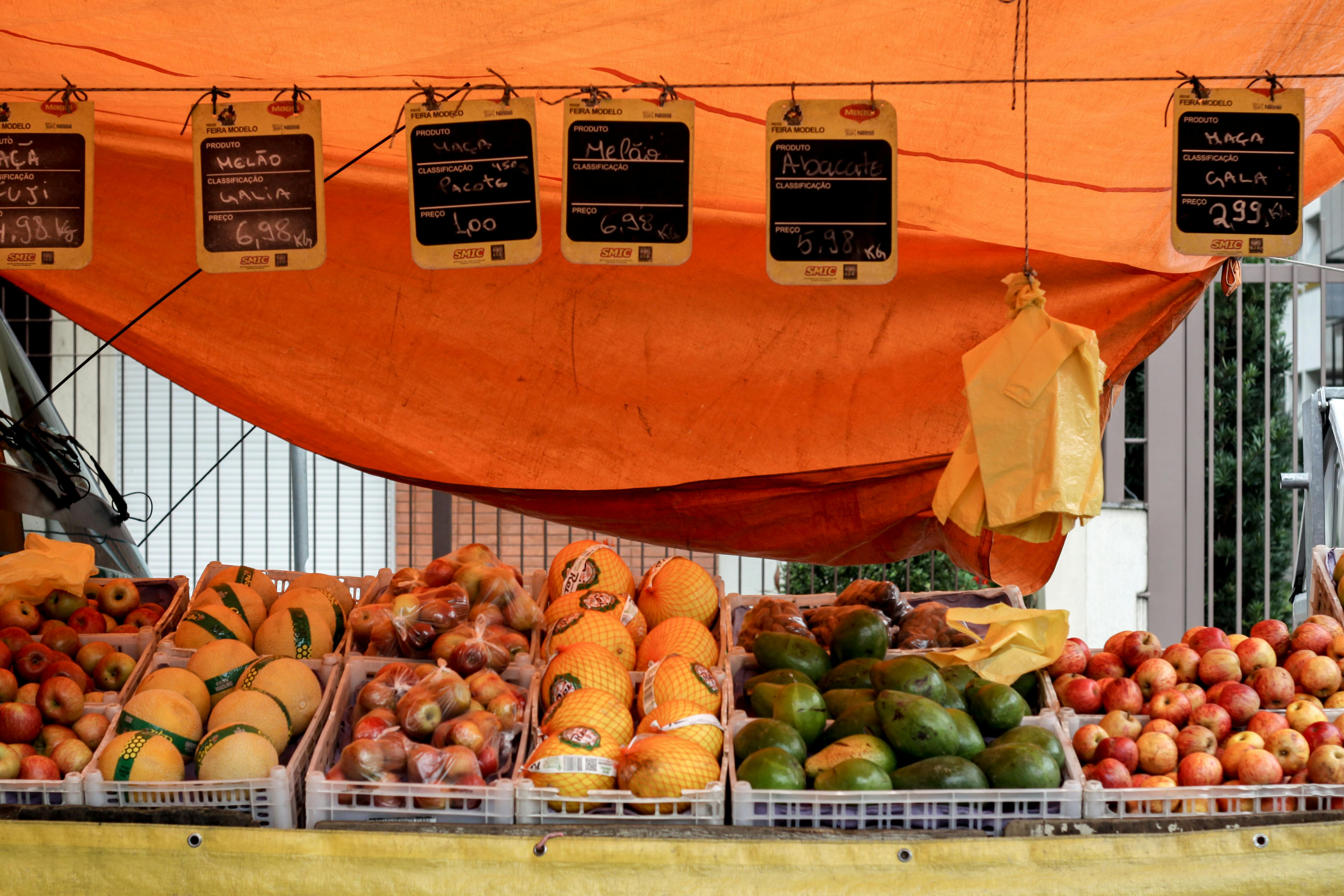The pilgrims of Plymouth, Massachusetts are the iconic inspiration for the modern holiday of Thanksgiving. When the winter of 1620 wiped out nearly half their colony, they struck up a relationship with the native Wampanoag tribe, who taught them how to fish, hunt, and plant. By early the following fall, the settlers had gathered enough food to feed their entire community through the winter. The members of the tribe who had taught them how to do it, joined them in a 3-day feast to celebrate their bounty. This event is now considered the first Thanksgiving meal.
Later generations of settlers regarded Thanksgiving as a religious holiday that originated from the Puritan days of fasting, praying, and thanking God. The actual timing of early Thanksgiving celebrations varied from colony to colony until 1777, when a group of them got together and agreed to celebrate it on the same day. It wasn’t until 1863 that President Abraham Lincoln declared the last Thursday of November to be Thanksgiving, a national holiday.
A variety of related traditions arose in the mid-20th century, from Thanksgiving Day football games to the Macy’s Thanksgiving Day parade. This latest event quickly turned this day of reverence into a “kickoff” of the holiday shopping season.
Whether you view Thanksgiving as a religious holiday, a pagan tribute to Mother Nature’s bounty, or the official arrival of the holiday season, the Thanksgiving holiday provides us with a rare opportunity to take a collective rest to reconnect with loved ones. and remember how much we have to be thankful for. The joy we feel during this time of sharing and connecting is a powerful reminder of the importance of practicing your hallmarks — gratitude and generosity — throughout the year.
If you want a better life, better health, and a sense of connection and hope, the best way to experience those things is to give. Science bears witness to this phenomenon. In her book 29 Gifts: How a Month of Giving Can Change Your Life, Cami Walker documents how developing the practice of giving one gift a day for 29 days (the “recipe” of an African healer she knew) helped her transcend the darkness. . , despair and pain of dealing with the sudden onset of multiple sclerosis.
The gifts you gave were not necessarily material or tangible (although some were). It was in the act of giving and sharing, the little gestures that show people you care; a kind word instead of silence; the sincere gratitude that you express to someone for helping you in some way, that allowed you to shift his focus away from his pain and illness and once again bring joy back into his life. This pattern of gift-giving was so liberating and empowering for her that she still continues to repeat the cycle over and over again.
Giving usually starts with the people closest to you, but helping people you don’t know has a much more profound effect because of the energetic vibration created by spreading joy and goodwill and the practice of returning the favor ( that is, when someone does it). something good for you, you are more inclined to reciprocate or do something nice for someone else).
Once the season of giving has passed, it’s easy to fall out of the flow of generosity and gratitude and get caught up in the day-to-day frustrations of life. Here are some quick suggestions to help you cultivate a regular practice of gratitude and generosity that extends beyond Thanksgiving and lasts throughout the year:
Keep a Gratitude Journal
A gratitude journal is a simple daily record of all the things you are grateful for in your life. It doesn’t have to be something fancy or elaborate. It can be as simple as “I am thankful for the air I breathe” or “I am thankful for a warm, dry bed to sleep in.” This is a powerful tool to focus your energy on what you already have in your life instead of what is missing. It conditions your mind to automatically see the good in everything around you and encourages you to see the universe as a friendly and supportive place.
Give generously and often
Generosity towards others is intrinsic to the heart. Look at your daily interactions as countless opportunities for generosity—everything from small meaningful gestures to big gestures makes a difference. Let the needs of the people you encounter dictate how best to give, whether it’s a friend who could use some emotional support, a family member who needs help, or a cause that depends on donations of money or time. It’s not so much about what you have to offer, how much money you have to give away, or who you are, but about being available, willing, and open to those in need.
teach your children well
Practicing spirituality is often a solitary endeavor, but cultivating gratitude together with others, especially your family or community, feels so much bigger. It is as if you are creating joy in their individual lives and communities that radiates out to the world at large. Teach your children to celebrate what is right in the world by asking them every day what is good about them. Like the Gratitude Journal, this conditions them early on to see the bright side of life and helps carry it into adulthood. Turn them into the concept of volunteering and donating to those less fortunate, and watch them light up. This behavior will also become an integral part of their lives when they grow up.
For more information or to participate in the 29 Gifts Challenge, visit their official website. To help those less fortunate enjoy Thanksgiving, consider volunteering a shift at your local soup kitchen or visit the Anthony Robbins Foundation website and join their International Basket Brigade program.




Recent Comments